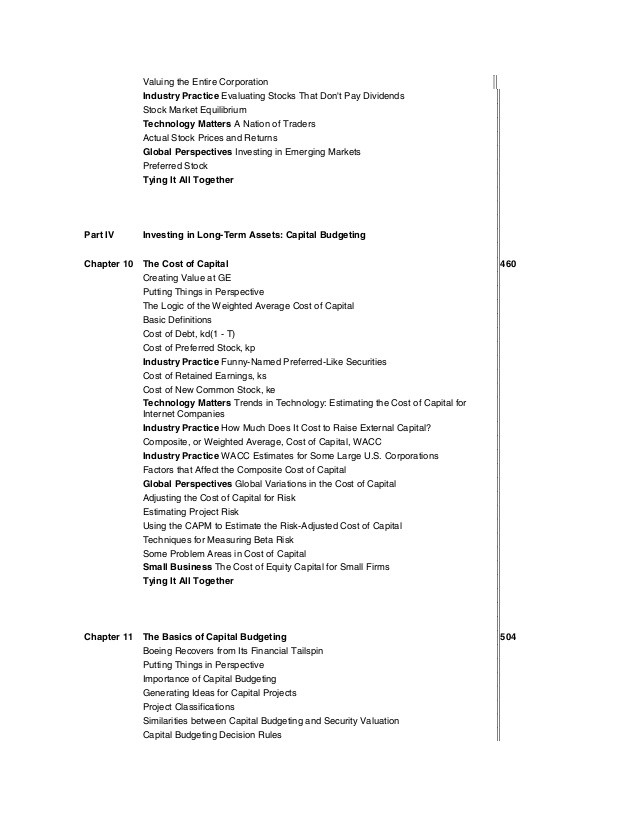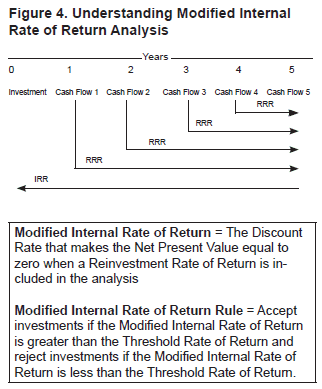Internal Rate of Return Method Capital Budgeting Decisions
Post on: 10 Июнь, 2015 No Comment

Learning Objectives:
- Define and explain the internal rate of return (IRR) in Accounting.
- Evaluate the acceptability of an investment project using the internal rate of return (IRR) method.
- What are the advantages and disadvantages of internal rate of return?
Definition and Explanation:
The internal rate of return (IRR) is the rate of return promised by an investment project over its useful life. It is some time referred to simply as yield on project . The internal rate of return is computed by finding the discount rate that equates the present value of a projects cash out flow with the present value of its cash inflow In other words, the internal rate of return is that discount rate that will cause the net present value of a project to be equal to zero.
Example:
A school is considering the purchase of a large tractor-pulled lawn mower. At present, the lawn is moved using a small hand pushed gas mower. The large tractor-pulled mower will cost $ 16,950 and will have a useful life of 10 years. It will have only a negligible scrap value, which can be ignored. The tractor-pulled mower will do the job much more quickly than the old mower and would result in a labor savings of $ 3,000 per year.

To compute the internal rate of return promised by the new mower, we must find the discount rate that will cause the new present value of the project to be zero. How do we do this?
The simplest and most direct approach when the net cash inflow is the same every year is to divide the investment in the project by the expected net annual cash inflow. This computation will yield a factor from which the internal rate of return can be determined.
The formula or equation is as follows:
[Factor of internal rate of return = Investment required / Net annual cash inflow] (1)
The factor derived from formula (1) is then located in the present value tables to see what rate of return it represents. Using formula (1) and the data for schools proposed project, we get:
Investment required / Net annual cash inflow
= $16,950 / $3,000
= 5.650
Thus, the discount factor that will equate a series of $ 3,000 cash inflows with a present investment of $16,950. Now we need to find this factor in the table to see what rate of return it represents. We would use the 10-period line in the table since the cash flows for the project continue for 10 years. If we scan along the 10-period line, we find that a factor of 5.650 represents a 12% rate of return. (See Future Value and Present Value Tables page Table 4) We can verify this by computing the projects net present value using a 12% discount rate. This computation is made as follows:














